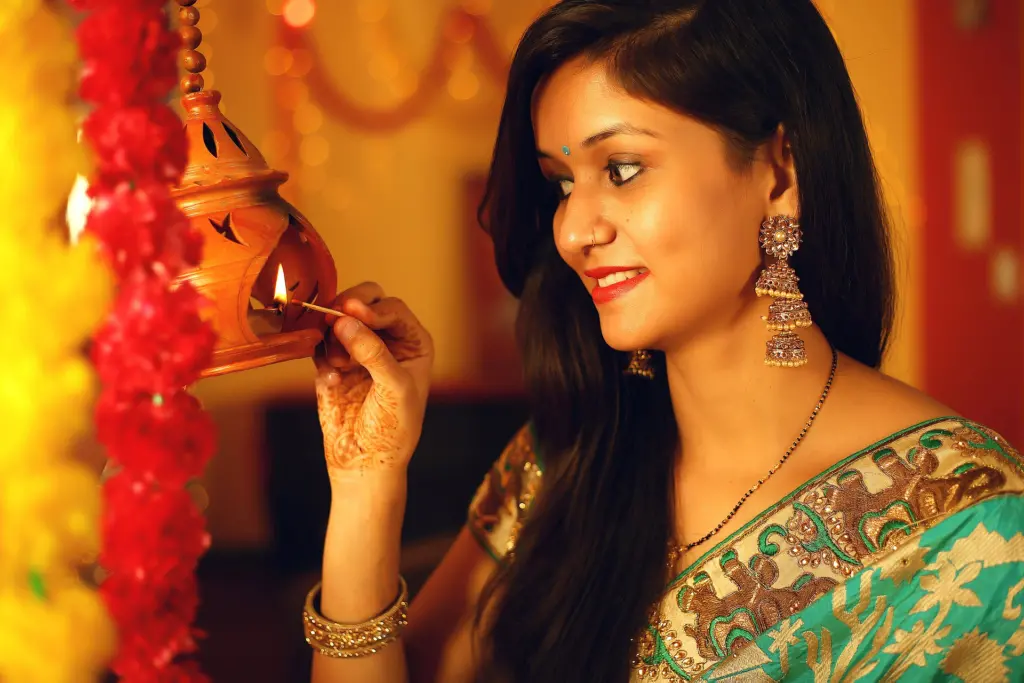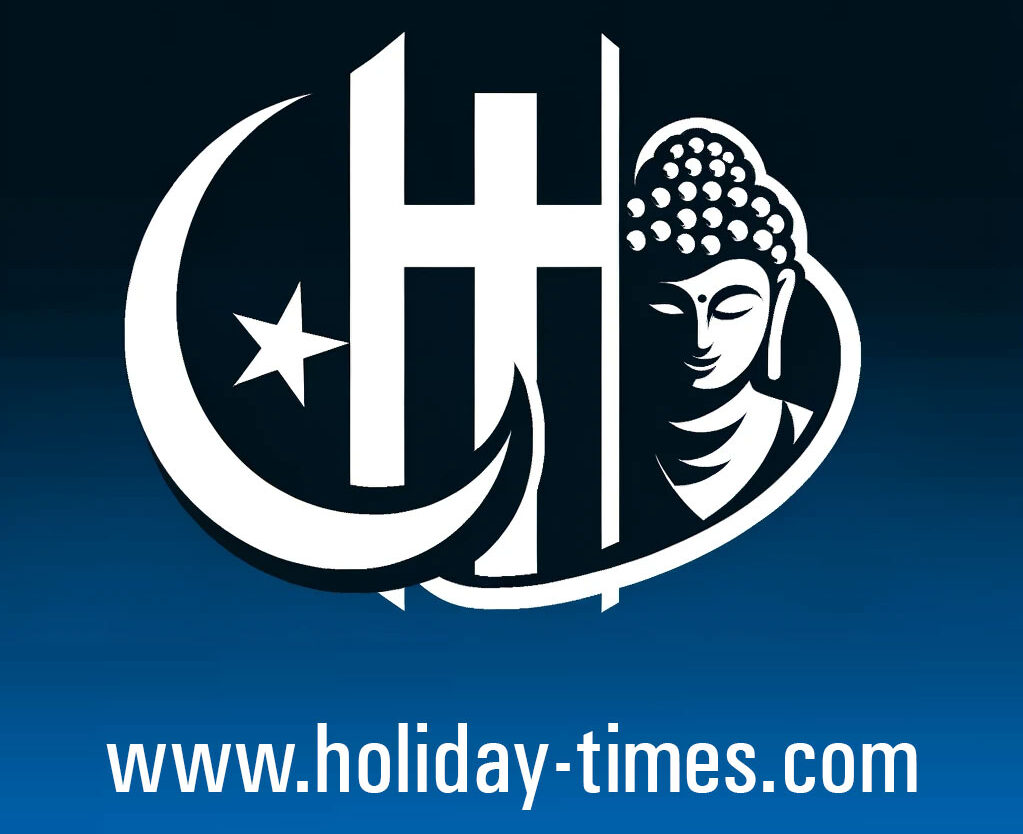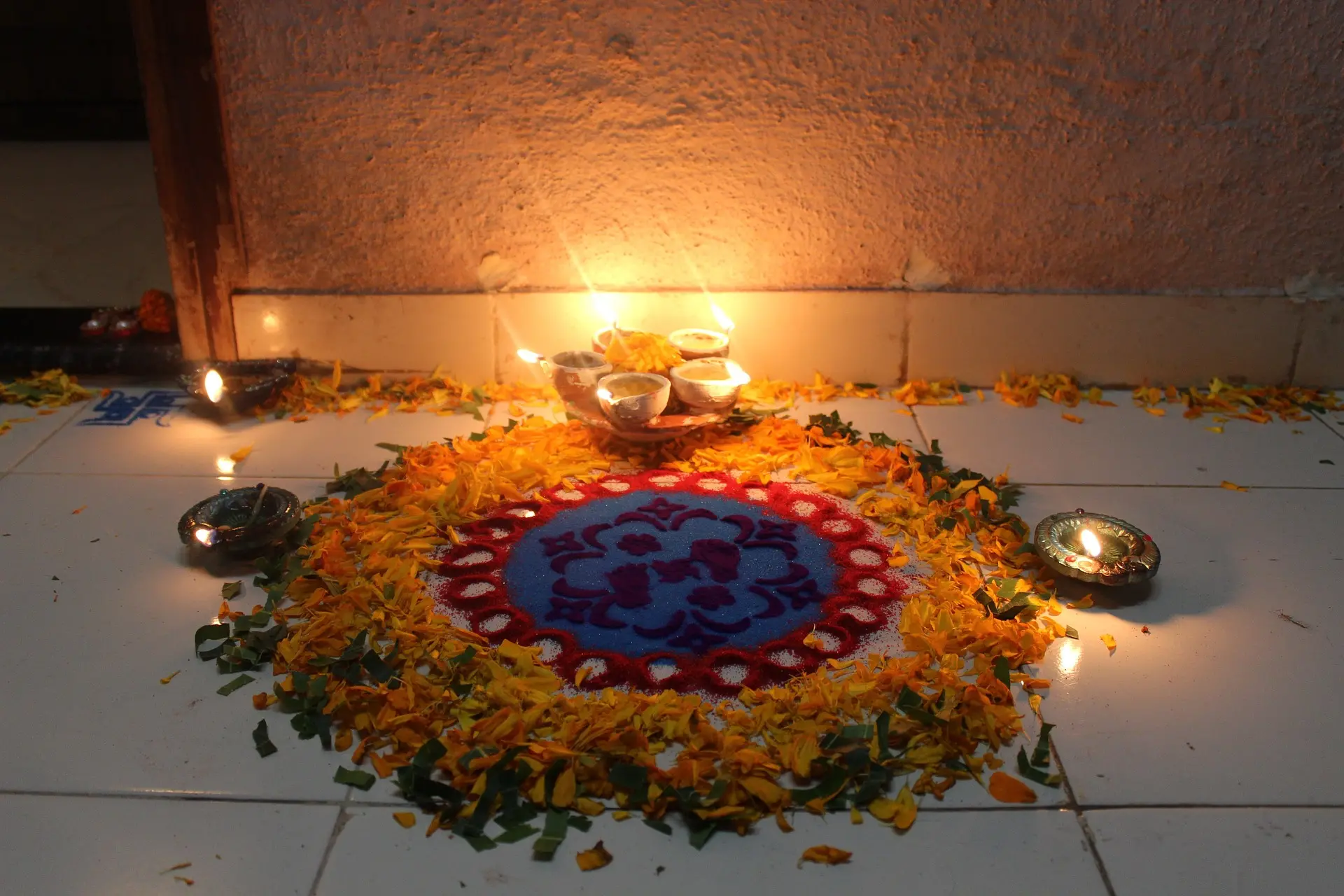Diwali, also known as Deepavali or Divali, is one of the most celebrated festivals in India. Revered for its beauty, symbolism, and joyous traditions. Marked by the lighting of lamps, fireworks, vibrant decorations, and family gatherings, Diwali is not only cherished in India but is celebrated globally.
While Diwali’s essence remains rooted in themes of light triumphing over darkness, good over evil, and knowledge over ignorance, its customs and celebrations adapt uniquely across cultures and countries. This article explores the significance of Diwali, how it’s celebrated in different parts of the world, and how it brings together people of diverse backgrounds in a shared spirit of joy and unity.
Dates for Diwali in the upcoming years
- 2024: Friday, November 1
- 2025: Tuesday, October 21
- 2026: Sunday, November 8
- 2027: Friday, October 29
- 2028: Tuesday, October 17
- 2029: Monday, November 5
- 2030: Saturday, November 26
Understanding Diwali: The Festival of Lights
Diwali is a Hindu festival observed by millions worldwide. Its name derives from the Sanskrit word “Deepavali,” which means “a row of lights.” Typically lasting five days, the festival falls between October and November, aligning with the Hindu lunar calendar. While Diwali is most commonly associated with Hinduism, it is also celebrated by Jains, Sikhs, and Buddhists, each infusing the festival with distinct beliefs and practices.
The significance of Diwali varies across regions and religions. For Hindus, it primarily commemorates the return of Lord Rama to his kingdom of Ayodhya after 14 years of exile, where he defeated the demon king Ravana. Sikhs honor Diwali as “Bandi Chhor Divas,” celebrating the release of Guru Hargobind from imprisonment. For Jains, Diwali marks the day Lord Mahavira attained “moksha” or liberation, while Buddhists view it as a time for spiritual renewal.
The five days of Diwali each hold specific importance:
- Dhanteras: The first day, focused on prosperity, is an auspicious time for purchasing gold and household items.
- Naraka Chaturdashi (or Choti Diwali): The second day symbolizes the defeat of the demon Narakasura and is celebrated with early morning rituals.
- Lakshmi Puja: The main day of Diwali, dedicated to worshipping Lakshmi, the goddess of wealth, and Lord Ganesha, the remover of obstacles.
- Govardhan Puja: The fourth day celebrates the bond between deities, families, and communities.
- Bhai Dooj: The final day honors the bond between siblings, where sisters pray for their brothers’ well-being and happiness.

Diwali in India: Regional Variations
In India, Diwali celebrations are as diverse as its states and cultures. North India often celebrates Diwali with vibrant fireworks, elaborate rangoli (colorful designs made with rice flour or flower petals), and grand feasts. The South celebrates in a slightly different style, emphasizing early morning rituals and oil baths, symbolizing purification. In the East, particularly West Bengal, Diwali coincides with Kali Puja, where people worship the fierce goddess Kali. Western India, especially Maharashtra and Gujarat, lights up with oil lamps and intricate rangoli patterns, with households engaging in various religious rituals to invoke prosperity for the year.
Each state brings unique flavor and customs to Diwali, but the common thread remains the lighting of lamps, signifying hope and positivity.
Diwali Around the World: A Global Celebration
With the Indian diaspora widespread, Diwali has grown into a global celebration, spreading its vibrant traditions and sense of community across continents. Here’s a glimpse of how Diwali is celebrated in different parts of the world:
1. Diwali in the United States
The United States has a large Indian population, especially in states like California, New York, Texas, and New Jersey, where Diwali has become a popular cultural event. Major cities like New York, San Francisco, and Houston hold public Diwali events, featuring dance performances, cultural showcases, fireworks, and food fairs. The festival has also entered mainstream American culture, with prominent landmarks like the Empire State Building and Times Square lighting up in Diwali-themed decorations. Diwali celebrations in the U.S. blend traditional customs with local American elements, bringing together people of diverse backgrounds to celebrate Indian culture.
2. Diwali in the United Kingdom
The U.K. is home to a significant South Asian community, and Diwali is celebrated with grandeur in cities like London, Leicester, and Birmingham. Leicester hosts one of the largest Diwali events outside India, with thousands gathering for the Diwali lights switch-on event along the Golden Mile, featuring lights, fireworks, and cultural programs. Diwali at Trafalgar Square in London is another significant event, showcasing live performances, food stalls, and rangoli-making workshops. The British royal family has also embraced Diwali, with Buckingham Palace often sending Diwali greetings to the Indian community. The U.K.’s Diwali celebration is a testament to cultural integration, where the festival is appreciated by Indians and non-Indians alike.
3. Diwali in Canada
Canada, particularly cities like Toronto and Vancouver, celebrates Diwali with large-scale community gatherings and festivities. The South Asian population in Canada has made Diwali a significant cultural event, with temples, community centers, and parks hosting various programs. Toronto’s Diwali Fest, for example, offers food, dance, music, and art displays, attracting people from diverse backgrounds. The Canadian Parliament in Ottawa has even hosted Diwali celebrations, marking the festival as an essential part of the multicultural fabric of Canada. Schools and universities often hold Diwali events, allowing younger generations to stay connected with their cultural heritage.
4. Diwali in Singapore
In Singapore, Diwali, known locally as Deepavali, is a public holiday and is widely celebrated by the Indian community. Little India, a vibrant neighborhood in Singapore, transforms into a dazzling spectacle during Diwali, with streets illuminated by lights and colorful decorations. There are also bazaars selling traditional sweets, clothing, and ornaments. Temples like the Sri Mariamman Temple host special prayers and rituals. The Singapore government, in collaboration with cultural organizations, promotes Diwali through organized events that highlight Indian arts, crafts, and cuisine. Diwali in Singapore reflects a unique blend of tradition and modernity, attracting locals and tourists alike.
5. Diwali in Malaysia
Malaysia’s multicultural society embraces Diwali with an open heart. In Malaysia, Diwali, or “Hari Deepavali,” is a public holiday, primarily celebrated by the Indian Tamil community. Festivities include lighting oil lamps, offering prayers in Hindu temples, and hosting open houses where friends and family gather to celebrate. The Little India areas in Kuala Lumpur and Penang are beautifully decorated, and special events are organized to showcase Indian culture, music, and dance. Malaysian Diwali celebrations also emphasize community and inclusiveness, with many Malaysians of different ethnicities joining in the celebrations.
6. Diwali in South Africa
South Africa’s Indian population, largely concentrated in cities like Durban, Johannesburg, and Cape Town, celebrates Diwali with traditional fervor. Durban, home to one of the largest Indian communities outside of India, lights up with community events, temple rituals, and fireworks. South African Diwali celebrations often incorporate African elements, such as music and dance, creating a unique blend of cultural expressions. Diwali has become an important symbol of multiculturalism in South Africa, fostering unity and understanding among different communities.
7. Diwali in Australia
In Australia, Diwali is widely celebrated by the Indian community, especially in cities like Sydney, Melbourne, and Brisbane. Public Diwali events, often hosted by cultural organizations, feature fireworks, food stalls, Bollywood music, and dance performances. The Federation Square in Melbourne hosts a Diwali festival that attracts thousands, showcasing Indian cultural heritage in a way that resonates with Australians. Diwali has become a mainstream event in Australia, with many schools and businesses recognizing the festival, fostering cultural awareness and inclusivity.
Diwali’s Global Resonance
Diwali, with its universal themes of light, hope, and togetherness, transcends cultural and national boundaries, making it a beloved festival worldwide. Whether celebrated with grand fireworks in the United States, public holidays in Malaysia, or cultural fairs in Canada, Diwali’s essence remains the same—celebrating the triumph of light over darkness. For the Indian diaspora, it’s a way to stay connected to their roots, while for non-Indians, it’s an invitation to partake in a festival that embodies unity and harmony.
As Diwali continues to spread across continents, it not only strengthens the bonds within the Indian community but also promotes cultural understanding and shared joy in a beautifully diverse world.

